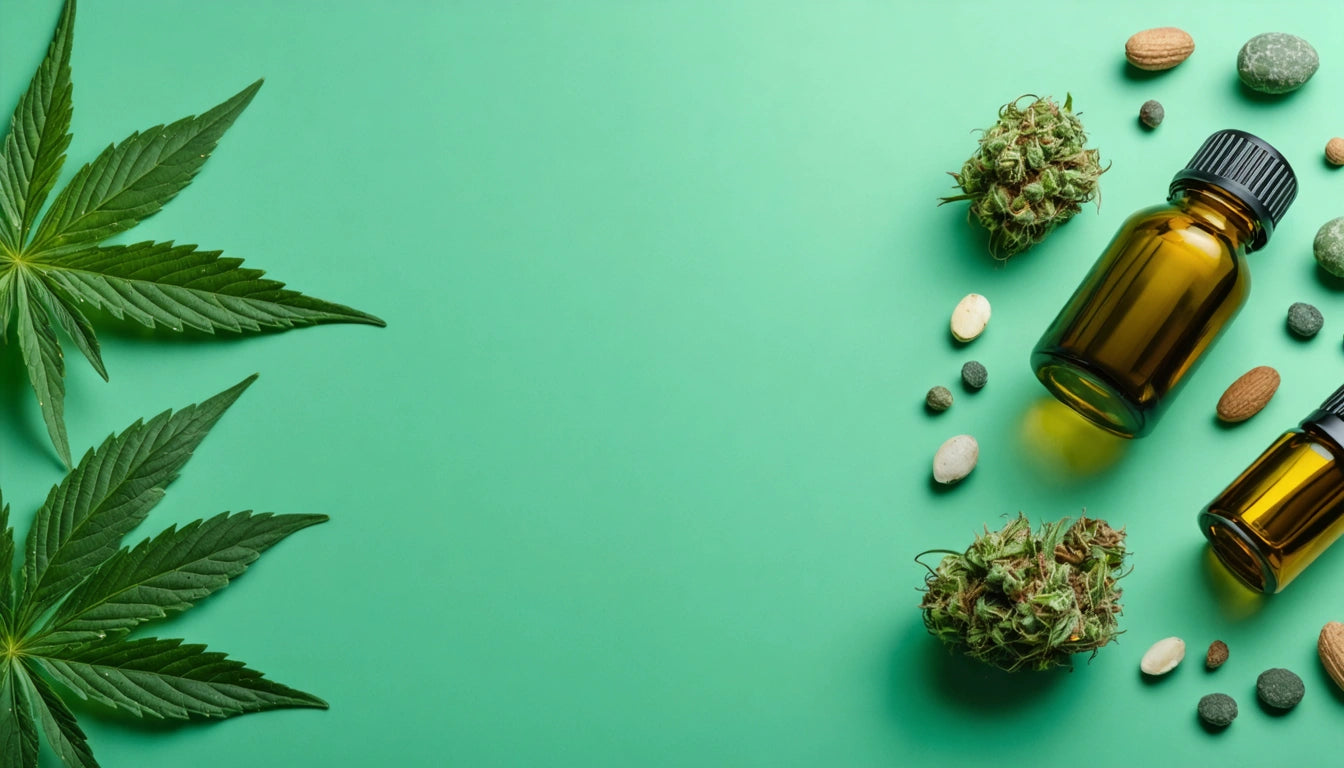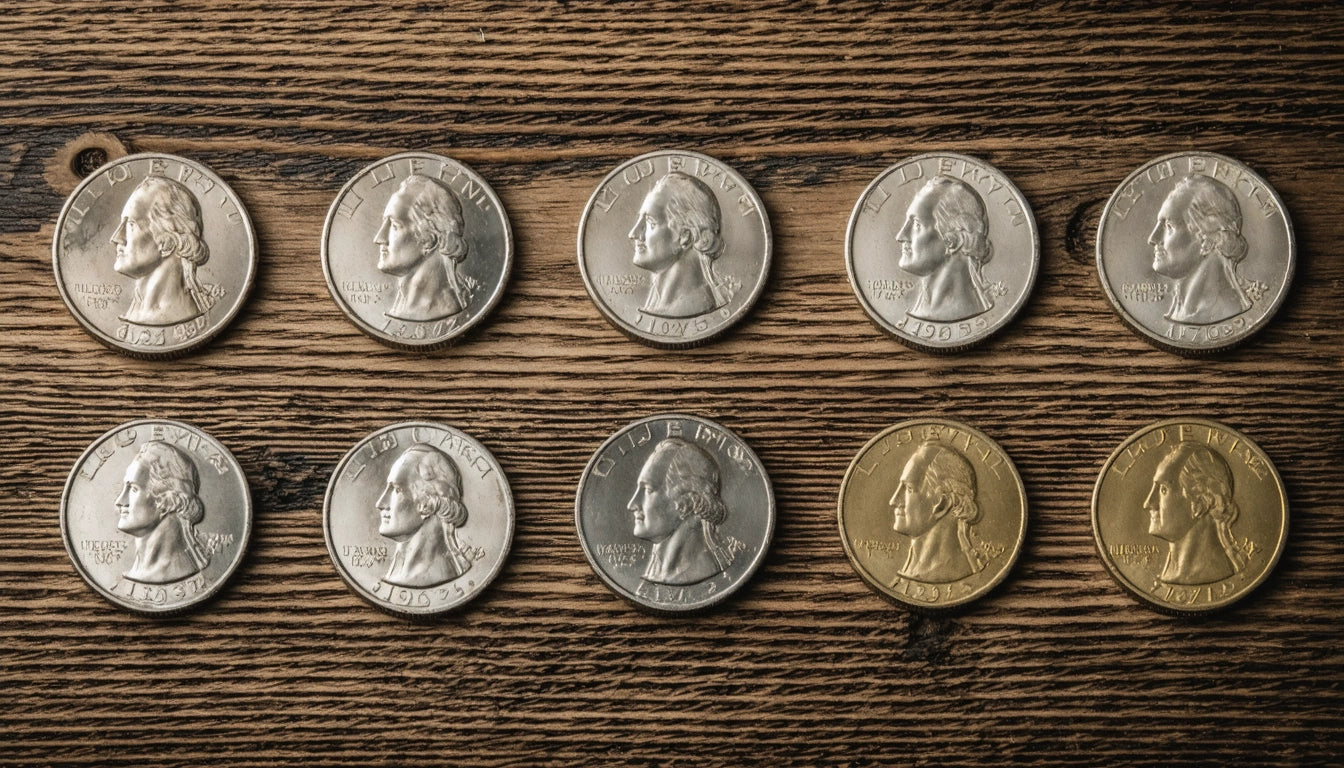Table of Contents
Cannabis concentrates represent some of the most sensitive and valuable products in the industry. Their efficacy, flavor profiles, and shelf stability depend significantly on how they're protected from environmental factors, particularly temperature fluctuations and light exposure. Selecting appropriate packaging isn't just about compliance or aesthetics, it's fundamentally about product preservation.
Environmental Factors Affecting Cannabis Concentrates
Cannabis concentrates are particularly vulnerable to degradation from environmental factors. Understanding these vulnerabilities is crucial for manufacturers seeking to maintain product integrity from production to consumption.
Temperature Sensitivity
Temperature fluctuations can dramatically alter concentrate consistency and potency. High temperatures accelerate terpene evaporation and cannabinoid degradation, while extreme cold can cause unwanted crystallization in some extracts. According to industry research on temperature impacts, even brief exposure to temperatures above 80 °F can begin degrading terpenes, the compounds responsible for flavor and some therapeutic effects.
Light Degradation
UV and visible light exposure catalyzes oxidation processes that convert THC to CBN, reducing potency and altering effects. This photodegradation can occur rapidly, with studies showing significant THC reduction after just a few hours of direct light exposure. Light exposure also accelerates terpene degradation, diminishing the product's aromatic profile and potentially its medicinal benefits.
Material Selection for Temperature and Light Protection
Different packaging materials offer varying levels of protection against environmental factors. The right choice depends on the specific concentrate type and its particular vulnerabilities.
Glass Containers
Glass remains the gold standard for many concentrates due to its complete opacity options, chemical inertness, and temperature stability. Best materials for concentrate containers often highlight borosilicate glass for its superior thermal resistance and non-reactive properties. Glass containers with UV-protective coatings provide excellent defense against light degradation while maintaining product integrity.
Silicone Options
Silicone containers offer excellent temperature resistance and are particularly suitable for stickier concentrates like wax and budder. However, recent research suggests that terpenes can potentially leach into silicone over time, making these containers better for short-term storage than long-term preservation.
Specialized Plastics
Medical-grade plastics with UV inhibitors are becoming increasingly popular for concentrate packaging. These materials can provide the light protection of glass with improved durability and lower weight. For products requiring smaller packaging units, many producers are turning to specialized mylar packaging options that offer excellent light and oxygen barriers while maintaining compliance with regulatory standards.
Packaging Innovations for Environmental Protection
The concentrate market has driven significant innovations in packaging technology specifically designed to address temperature and light concerns.
Multi-layer Protection Systems
Advanced packaging often incorporates multiple protective layers, each addressing different environmental threats. These might include:
- Outer UV-resistant layer to block harmful light
- Middle insulative layer for temperature stability
- Inner non-reactive layer to prevent concentrate interaction with packaging
These multi-layer approaches provide comprehensive protection against various degradation pathways, extending shelf life significantly.
Temperature-Indicating Technology
Some innovative packaging now includes temperature-sensitive indicators that change color if the product has been exposed to harmful temperature ranges. This technology allows both retailers and consumers to verify that products have been stored appropriately throughout the supply chain.
Vacuum-Sealed Solutions
Packaging dabs for maximum freshness often involves vacuum-sealed containers that eliminate oxygen exposure, another significant factor in concentrate degradation. These solutions, when combined with proper temperature and light protection, create the optimal preservation environment.
Compliance Considerations for Environmentally Resistant Packaging
While protecting concentrates from environmental factors is crucial, packaging must also meet increasingly stringent regulatory requirements.
Child-Resistant Requirements
Effective environmental protection must be balanced with mandatory child-resistant features. Child-resistant options for concentrates have evolved to incorporate both safety mechanisms and environmental protection, though this often increases packaging complexity.
Labeling Challenges
Temperature and light-resistant packaging sometimes presents challenges for required labeling. Dark containers that block UV light may make labels difficult to read, while some temperature-resistant materials may not accept standard printing methods. Manufacturers must navigate these challenges while ensuring all regulatory information remains clearly visible.
Preservation Strategies for Concentrate Manufacturers
Beyond packaging selection, manufacturers can implement additional strategies to enhance product stability and longevity in the face of environmental challenges.
Cold-chain distribution systems maintain products at optimal temperatures throughout transportation and storage. Some premium concentrate producers are now implementing complete cold-chain systems from production to retail display, ensuring their products never experience damaging temperature fluctuations.
Educational initiatives for both retailers and consumers about proper storage conditions can extend product life beyond the packaging's capabilities. Long-term shelf stability tips often emphasize keeping products in refrigerated environments and away from direct light, even when in protective packaging.
The preservation of terpenes and cannabinoid profiles represents the ultimate goal of environmental protection strategies. The role of packaging in preserving these compounds continues to drive innovation in the industry, with new materials and technologies constantly emerging to address the unique challenges of concentrate preservation.
As the concentrate market matures, packaging solutions that effectively address temperature and light exposure will likely become standard requirements rather than premium options. Manufacturers who invest in these solutions now not only protect their products but also position themselves as quality leaders in an increasingly competitive marketplace.











Leave a comment
All comments are moderated before being published.
This site is protected by hCaptcha and the hCaptcha Privacy Policy and Terms of Service apply.